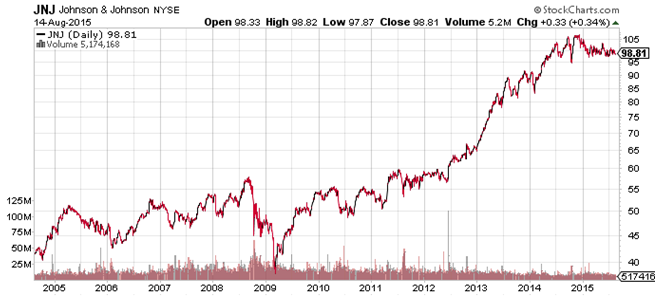Dividend investing has always been a great strategy to ensure a steady income generation irrespective of a stock's price movement.
Dividend-paying companies are mostly stable, profit-earning companies and these stocks are especially popular among those in or nearing retirement.
Of course, who doesn’t like having a little extra cash on hand? In fact, owning dividend stocks can help ensure returns from two sources, income from dividends and from share price appreciation.
So, in basic terms, a dividend is a payment made by a company to its shareholders. Mostly the dividend is quarterly, with the board of directors deciding the exact timing of the dividend and the size, which is primarily determined based on the company’s earnings and cash position.
Types Of Dividends
Cash dividends: This is the most common way companies pay dividends. The cash is directly paid into the shareholder’s account.
Stock dividends: Companies pay investors additional shares of stock instead of distributing any cash.
Dividend reinvestment program (DRIP): In this program, investors can choose to reinvest dividends received back into the company’s stock, often at a discount.
Special dividends: A company might offer a special dividend, which is a non-recurring distribution.
Preferred dividends: Preferred stock is a type of stock that functions less like a stock and more like a bond. Dividends on preferred stock are generally fixed, unlike dividends on common stocks.
How Do Dividend Stocks Work?
So, to receive dividends on a stock, you simply need to own shares of the company, and the cash will automatically be deposited into your account when the dividend is paid. Typically, companies pay dividends to share the firm’s profits with its shareholders. Continue reading "2 High-Dividend Stocks and How to Trade Them"


